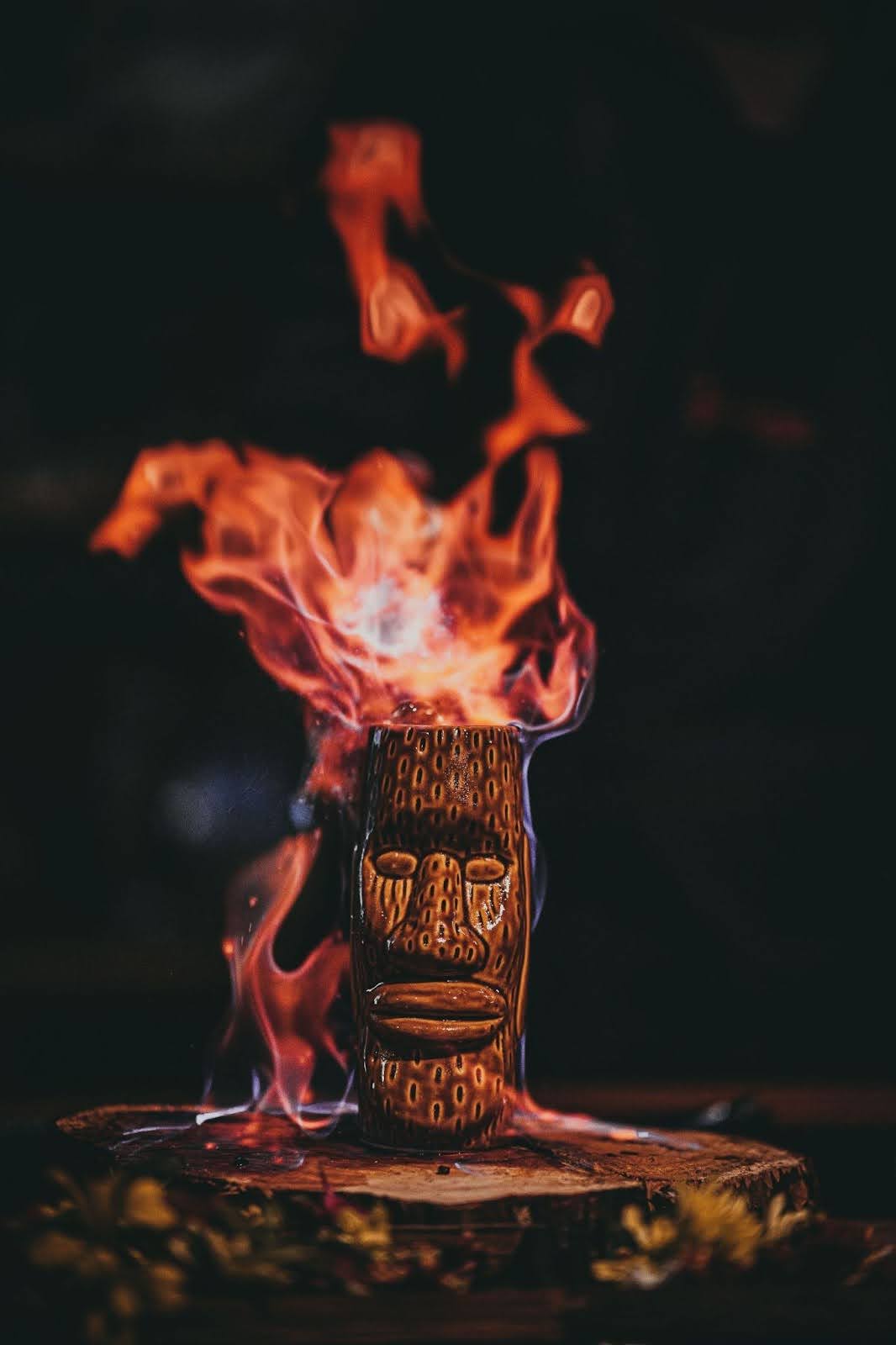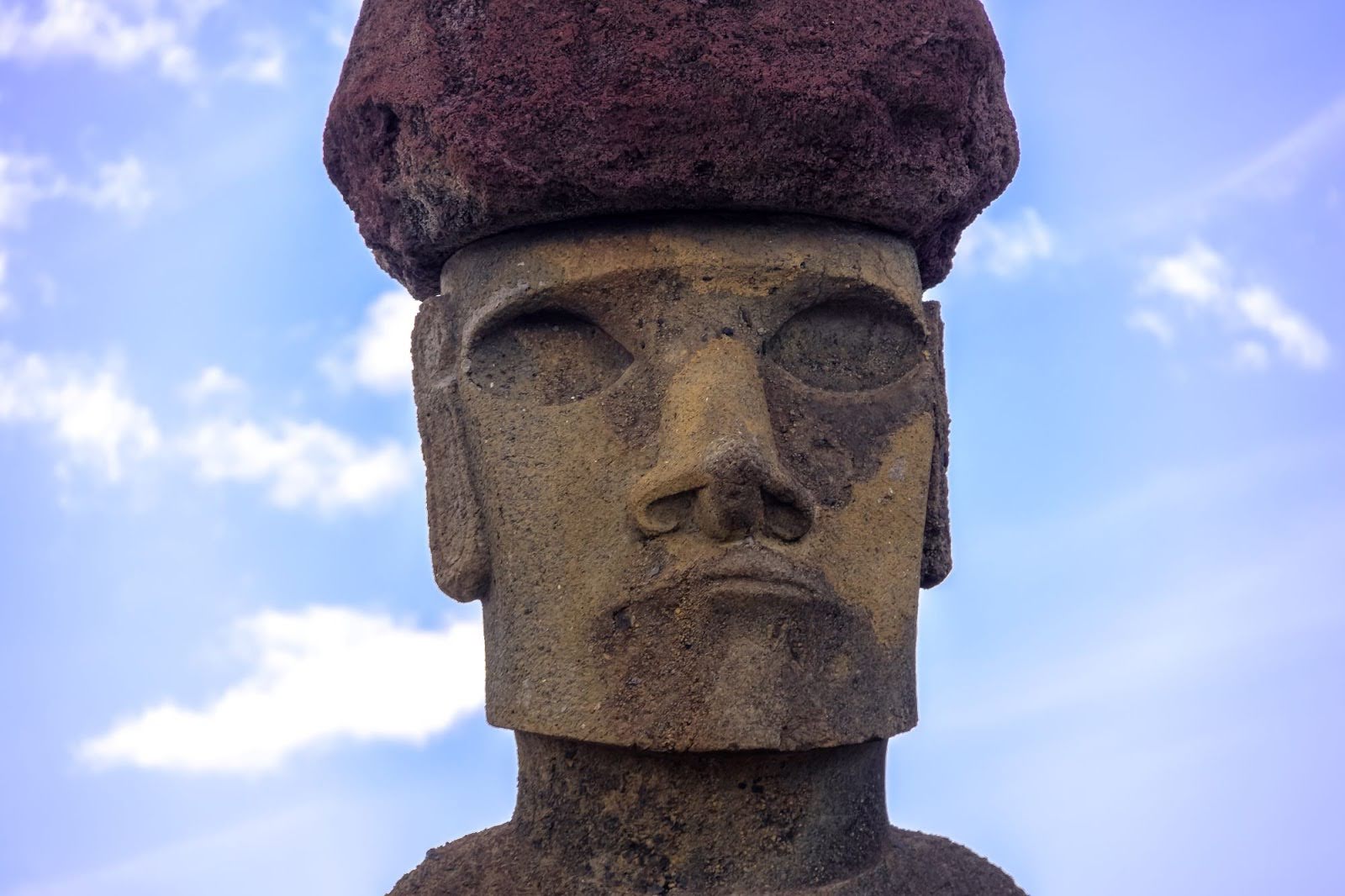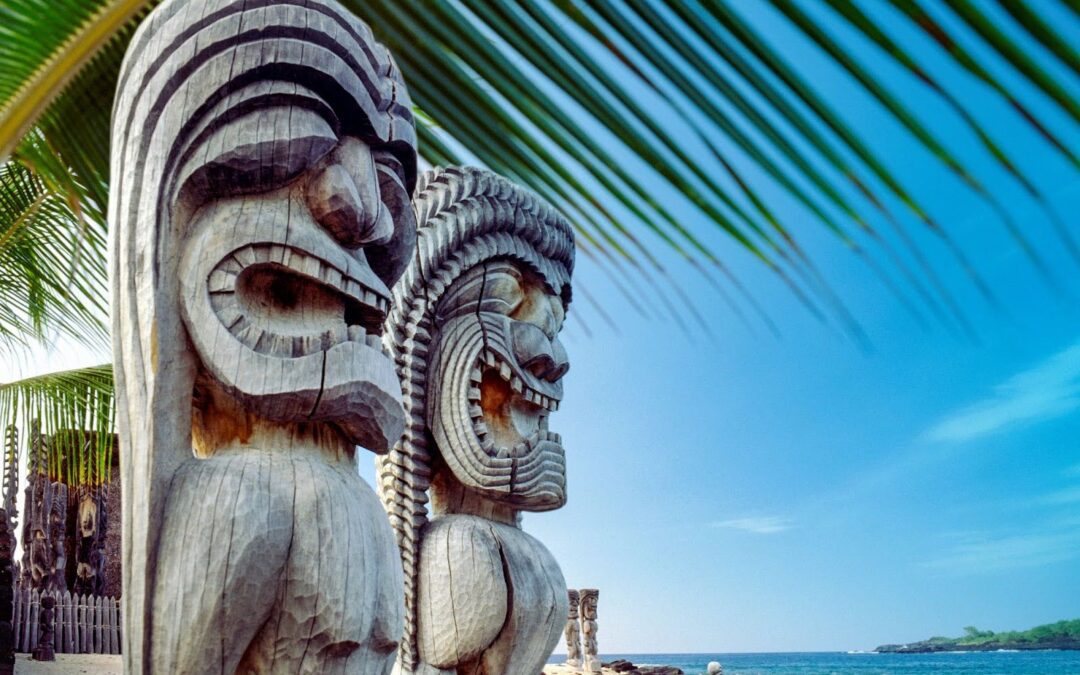Hawaiian Deities and Mythology
Hawaiian mythology is a deeply spiritual, polytheistic belief system that honors many sacred gods and goddesses, ancestral guardian spirits, and natural forces. Once inherited from Polynesian voyagers, these myths and legends have positioned their place in the cosmos well before the settlement of the Hawaiian Islands around 1,000 AD. This belief system, passed down over centuries of oral tradition and story-telling, tells the stories of Ka Hā, or The Four Great Gods: Kāne, Kū, Lono, and Kanaloa. Each god is central to ancient Hawaiian religion and symbolic of Hawaiian values and culture. In the following blog, you will learn about each of The Four Great Gods and other prominent spiritual figures, what they represent, and the roles that they play in shaping Hawaiian Mythology.
Ka Hā, The Four Great Gods
Monotheism, or the belief that there exists only one true God, is recognized as the most globally prevalent religious belief system. Religions such as Christianity, Islam, and Judaism, are a few examples of monotheistic belief systems that dominate modern culture. Ancient Hawaiian mythology, on the other-hand, operates a little differently. Hawaiian myths are categorized as a polytheistic religion, meaning they worship and celebrate hundreds of gods and spirits. Instead of one all-knowing, all-powering, ever-present deity, Hawaiian myths recount the presence of hundreds of gods, each possessing their own truths and wisdom about the physical world.
Kāne
Generally thought of as being the most benevolent god, Kāne, the god of life, light, and creation, is believed to be partially responsible (alongside Kū and Lono) for the creation of Earth and mankind. Kāne is closely associated with life-giving forces, such as water and light, and is often viewed as a symbol of fertility.
Kū
Unlike Kāne, a god of life and peace, Kū, the god of war and politics, is symbolized by weapons, trees, and tools. He represents leadership, assertiveness, power, and readiness for battle. In times of war, human sacrifices were often offered to Kū for strength and success in battle.
Lono
Lono, the god of peace, rain, and fertility, was seen as an incredibly important deity for the success of harvest season. Unlike Kū, Lono is a gentle god that values growth, healing, and the cycle of life. Each year over the Hawaiian New Year, Lono is dedicated during the Makahiki festival – marking a period of peace, rest, and celebration.
Kanaloa
God of the sea and the underworld, Kanaloa, is associated with voyages, the spiritual realm, and the ocean. In this way, Kanaloa is a sort of representation of the unknown. Kāne and Kanaloa are seen as dual forces, but not in a traditional good vs. evil sense. Kāne is viewed as a symbol of life, and Kanaloa is a symbol of depth and spirituality. Together, the two forces symbolize the connection between life and death, and the mystery of the cosmos. Kanaloa is often symbolized by the octopus and other mysterious sea creatures, and was generally worshipped by navigators, fishermen, and healers.
Prominent Figures and Deities
In addition to The Four Great Gods, there are hundreds of other gods and deities in Hawaiian tradition that represent different attributes in everyday life. Among these deities are three prominent figures you may have already heard of: Pele, the Hawaiian goddess of volcanoes and fire, Māui, the legendary hero and demi-god, and Laka, the Goddess of fertility and forests. Learn more about these deities, and the ancient Night marchers below.
Pele, The Goddess of Fire
Believed to reside in the Halemaʻumaʻu Crater, within one of the world’s most active volcanoes on the Big Island of Hawaiʻi, Pele represents destruction and rebirth. Pele is a symbol of passion. Embodied by lava and fire, Pele possesses the power to destroy everything in her path—yet from that destruction, she brings forth new life. As the legend goes, Pele fled from her mythical home of Kahiki to escape a reign of terror inflicted by her sister Nāmakaokaha’i, a sea goddess. Pele traveled from island to island, leaving behind destructive volcanoes in her path. Today, Pele is deeply respected in Hawaiian culture, and many leave her offerings while visiting her volcanoes.

Māui The Legendary Demi-god
Unlike Pele, Māui is not fully supernatural. He is the product of mortal and divine parents – often seen as a clever warrior in Hawaiian culture. Māui was believed to possess superpower-like abilities that gave him the power to protect the Hawaiian islands. Among other things, Māui was a clever shape-shifter, and could use his abilities to trick enemies and protect his people. In one ancient myth, the legendary Māui sought to find a solution to the short daylight hours, which limited the success of harvest season. To make the daylight hours longer, Māui used his sister’s hair to snare the sun, forcing it to slow down and make the days longer. This myth is often told to explain the balance of day and night and the seasons.
Laka
Known as the Goddess of fertility and forests, Laka is seen as a life-giving deity that is deeply associated with creativity and the sacred art of Hawaiian hula culture. Because she is believed to represent the forests, Laka is often symbolized by the famous Hawaiian lei-flower garlands often used in hula ceremonies and other celebrations. Before performances, hula dancers often pray to Laka for inspiration, guidance, and connection to their ancestors. Experience this sacred connection firsthand at our authentic Waikīkī hula shows, where dancers honor Laka’s spirit through traditional performances.
Huakaʻi Pō, Hawaiian Warrior Spirits
The Night Marchers, natively known as Huakaʻi Pō, are the ghostly spirits of ancient Hawaiian warriors. While their roles vary, they are mainly believed to march with high-ranking deities or gods near ancient Hawaiian temples and sacred battlegrounds. These warriors march along ancient pathways, many from the mountains to the sea, and are representative of the sacred-nature of Hawaiian land. The Night Marchers are testament to Hawaiʻi’s deep respect of their ancestors, and belief that spirituality lives on after death.

Want to Learn More?
Hawaiian mythology is more than just a collection of ancient stories, it’s a living reflection of the islands’ deep connection to nature, ancestry, and the spiritual world. From the creative power of Kāne to the fierce leadership of Kū, the peaceful abundance of Lono, and the mysterious nature of Kanaloa, each of the Four Great Gods represent a vital aspect of Hawaiian values. Alongside them, figures like Pele, Māui, Laka, and the Night Marchers shape the cultural identity and spiritual consciousness of Hawaiʻi today. The intriguing history of Hawaiian mythology is extremely dense and impossible to condense into one short blog. To truly understand these spiritual connections, witness how these ancient stories come alive through traditional hula and chant at our Oʻahu hula shows at our Waikīkī lūʻau. If you’d like to learn more about Hawaiian culture, religion, storytelling, and more, be sure to follow our blog!
